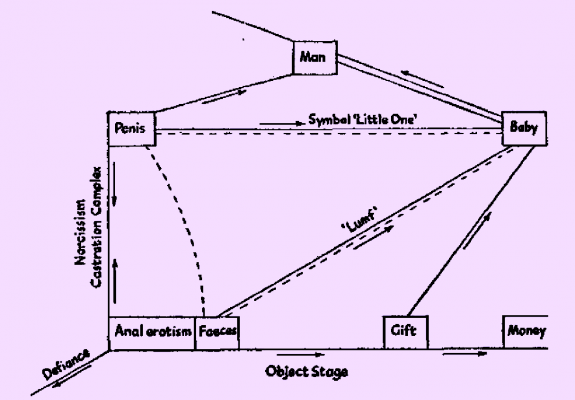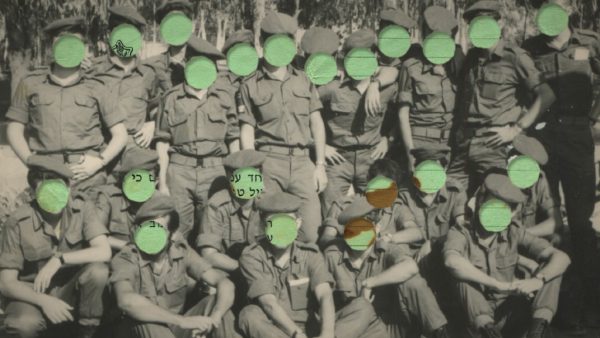Jamieson Webster serves as a torchbearer for a field out of popular favour. Her practice, psychoanalysis, was last century’s therapeutic craze. These days, we prefer to treat our mental ailments with gluten-free diets, astrology as self-help, mindfulness apps, and big pharma, the latter of which Webster, a Freudian with a private practice in New York City, elegantly critiqued in The New York Review of Books last year. To commit, as psychoanalysis asks of you, to multiple sessions a week for an indeterminate period of treatment, is so uncontemporary, it’s due for a comeback. If anyone can make that happen, it’s Webster, who is taking an on-the-ground approach to psychoanalytic advocacy, regularly publishing, lecturing, and performing in local academic, art, literary, and even fashion contexts.
At the last New York Fashion Week, Webster, alongside philosopher Chiara Bottici and Professor of Visual Culture Melissa Ragona, performed a panel discussion inspired by Batsheva Hay’s modest dress as part of the designer’s Spring 2020 presentation. For the occasion, Webster wore a flouncy powder pink Batsheva frock; risking infantilising femininity, the look rather reaffirmed the analyst’s – and female – authority. Ten months earlier, Webster donned a white clinician’s coat, clipboard in hand, for the ‘immersive theatre’ performance Sick! The Psychoanalytic Field Hospital. Led by Webster and philosophical investigator Todd Altschuler, alongside poet, lawyer and performance artist Vanessa Place, this ticketed event invited participants to subject themselves to a realistically-abusive fictitious mental hospital hosted in a former limousine garage. At the end, the audience of some eighty-odd patients were applauded by the doctors for having survived, as the hospital transformed into a kitsch tiki-bar Valhalla. The play was a launch for Webster’s second book, Conversion Disorder: Listening to the Body in Psychoanalysis. (The Life and Death of Psychoanalysis: On Unconscious Desire and Its Sublimation was her first.) Webster has also co-authored Stay, Illusion!: The Hamlet Doctrine with Simon Critchley; Figure Out with Marcus Coelen; and has an essay in the John Currin: Men monograph.
The cover of Conversion Disorder features a wisp of smoke on black, as if a match or torch were just blown out in the dark. It could be a ghost, the substance looks almost spiritual. I see a veiled nun praying and the alien from Alien, a Rorschach test in a disappearing medium. Is this what the unconscious looks like? Webster’s writing in the book is similarly mysterious. Case studies, memoir, and referentially-heavy theory (Lacan, Foucault) accrue, and I think I follow, or I enjoy the pursuit. ‘Conversion disorder’ was Sigmund Freud’s original term for hysteria, a transformation of psychic energy into somatic symptoms.
Whether lecturing on ‘New Fascism, Mass Psychology and Financialisation’ at The New School, writing poetically on anality in Spike Art Magazine, or being interviewed, one can always expect, from this young, current analyst and author, thoroughness, humour, and a commitment to her chosen tradition, including the tradition of making it public.




